1. A metered amount of seawater is added to the OMNIPURE™ Series 64 batch tank. At the same time, a concentrated polymer is mixed into solution with potable water in an automatic mixing chamber on the unit for use later.
2. Untreated sewage is pumped from the vessel’s or platform’s holding tank and into the OMNIPURE™ Series 64 batch tank, filling it to a precise, sensor-controlled volume.
3. The sewage and seawater mixture is recirculated through the electrolytic cell to oxidize and kill the pathogens in the wastewater. A de-foaming agent is also added to keep foaming to a minimum.
4. During treatment, any process gases are vented safely away by the integral dilution blower unit.

5. After the pathogens have been eliminated using the electrolytic cell, the pre-mixed polymer solution is injected into a ‘mix spool’ which begins an agglomeration process.
6. In addition to killing pathogens, the use of the electrolytic cell encourages an electroflotation effect to occur at the surface of the wastewater in the batch tank.
7. Aglomerated solids form a floating ‘solids layer’ in the batch tank without the use of externally induced air, or large air blowers.
8. After a brief separation time, the clear effluent below this solids layer is pumped overboard after de-chlorination, meeting or exceeding the MEPC.227(64) guideline.
9. Remaining solids in the batch tank are pumped out through a macerator pump, and sent to the solids holding tank for later disposal. As an enhanced option, or when a wet solids holding tank is not feasible, De Nora also offers a selfcontained centrifuge solids handling system that effectively concentrates the wet solids waste to a dewatered, class ‘B’ solids level, which can be safely disposed of in a traditional landfill.

